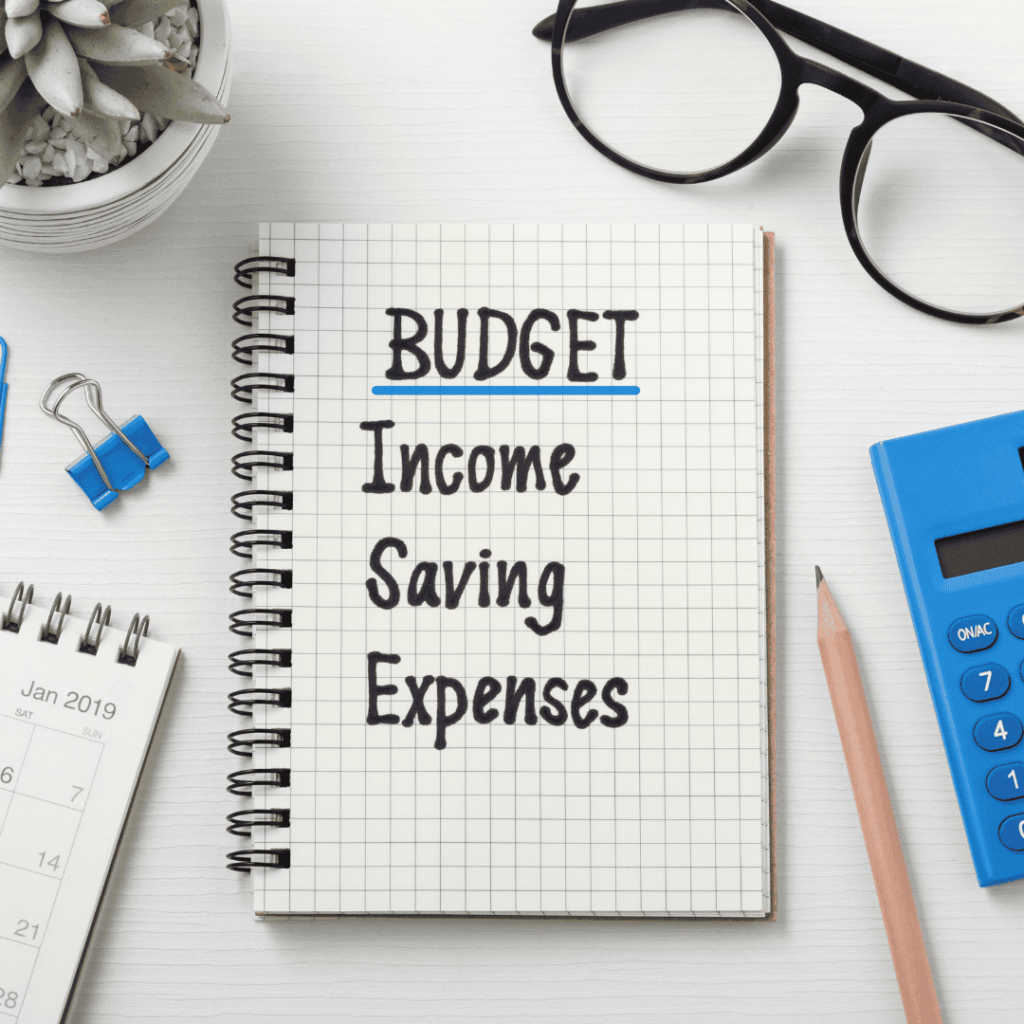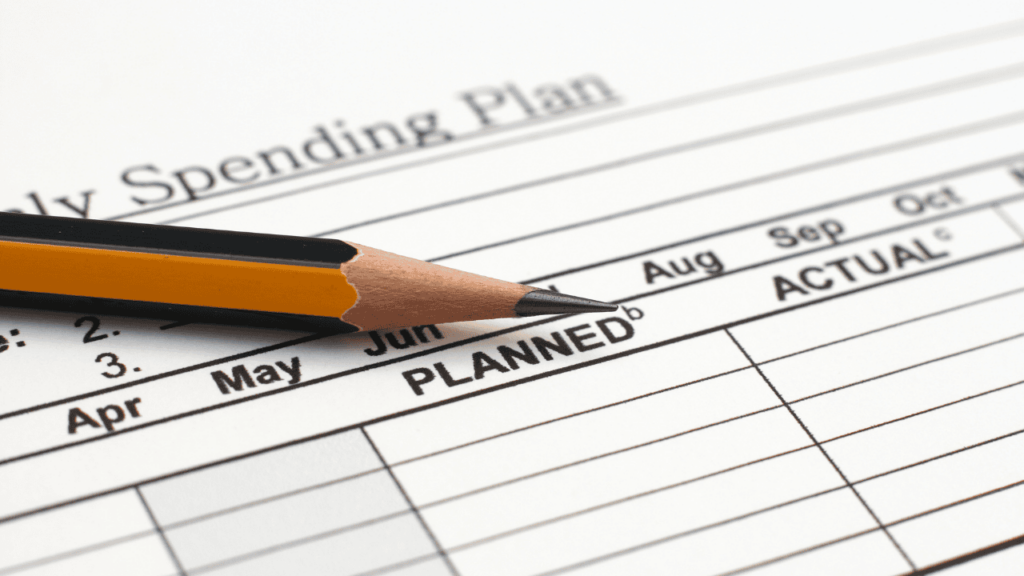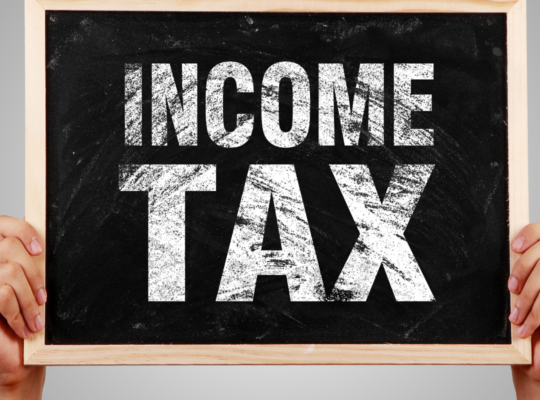
Managing your money is very much like maintaining a healthy lifestyle. Just as exercise and a balanced diet require daily commitment, effective budgeting needs consistency and careful planning to yield results. Many people find the idea of budgeting overwhelming because it seems to demand meticulous tracking of every expense. However, if you create a system that is both straightforward and adaptable, you can take control of your finances without feeling confined.
One such method that has proven useful is the bucket budgeting approach, a way to break down your spending into clear, manageable categories so you know exactly where your money is going while still having enough freedom to enjoy life.
Table of Contents
Breaking down your Expenses into Buckets
The essence of bucket budgeting lies in dividing your money into separate “buckets,” each designated for a specific type of expense. This process starts with understanding that not all expenses are alike. In its simplest form, you can split your expenses into three primary categories: fixed expenses, variable expenses, and savings.
Fixed Expenses
Fixed expenses are those predictable monthly costs that rarely change in amount. These include your rent or mortgage, car payments, student loans, insurance premiums, and regular subscriptions like gym memberships or streaming services. Because these bills are constant, they form the backbone of your monthly financial obligations. When you know exactly how much money is committed to these fixed costs, you can then decide how best to allocate the rest of your income. This clarity makes it easier to plan for other spending and helps prevent unexpected financial shortfalls.
Variable Expenses
In contrast, variable expenses are those costs that can differ from month to month. Think about everyday spending such as groceries, fuel, dining out, entertainment, and other miscellaneous purchases. Unlike fixed expenses, variable expenses are less predictable; you might spend a bit less on groceries one month and a little more the next. Because these costs can fluctuate, they are often the source of overspending if not kept in check. By identifying this category clearly, you give yourself the chance to set a spending limit that aligns with your financial goals and lifestyle.
Savings
The third bucket is dedicated to savings, a category that embodies the principle of “paying yourself first.” Rather than viewing savings as something extra to consider only after all other expenses are met, this method treats it as a priority. Whether you are setting aside money for an emergency fund, a future home purchase, retirement, or other long-term goals, allocating funds to savings ensures that you are prepared for unexpected events and are building a secure financial future. This proactive approach helps you invest in your well-being and reinforces the habit of planning ahead.
Setting a Realistic Spending Target
Once you have separated your monthly expenses into the three buckets, the next critical step is to establish a spending target for your variable expenses. This target is not just a number, it’s a commitment to yourself to keep discretionary spending in check. Instead of getting bogged down by every small transaction, you focus on the total amount available for flexible spending over the course of the month.

To determine this target, start by reviewing your spending habits from the previous three to six months. Look at all the purchases in your variable expenses bucket and calculate an average monthly amount. This historical perspective gives you a baseline to work from. However, setting a target isn’t merely about replicating past spending, it’s about assessing whether that level of spending helps you achieve your broader financial goals.
Ask yourself if you are consistently meeting your savings targets and if your overall cash flow remains positive after covering all your expenses. If your spending target causes you to fall short on savings or puts you in a deficit, it is a sign that you need to adjust your limits by cutting back on unnecessary expenses.
Putting Your Budget into Action
With a clear spending target in place for your variable expenses, it’s time to implement the bucket budgeting method in your daily financial routine. There are two common strategies for doing this: the bank account method and the credit card method. Each option has its own benefits and challenges, so choosing the right one depends on your personal habits and comfort level.
The Bank Account Method
This method involves creating a separate bank account exclusively for your variable spending. Every month, the exact amount you’ve set as your spending target is automatically transferred into this account. Because you are limited by the funds in this account, you can only spend what is available, which naturally curbs the temptation to overspend. This approach makes it easy to monitor your spending, once the money is gone, you know you have reached your limit for discretionary purchases. Many find that the physical separation of funds reinforces responsible spending habits and simplifies financial tracking.
The Credit Card Method
Alternatively, you might choose to use a dedicated credit card solely for variable expenses. This approach can be convenient, but it comes with inherent risks. Personally, I am not a proponent of credit card usage. But I am just conveying this method to the readers.
When using a credit card, you must be diligent about monitoring your balance to ensure you don’t exceed your predetermined spending target. To help manage this, many people set up alerts through their card issuer or a personal finance app that notify them when they approach their limit. Additionally, setting up automatic payments to clear your balance each month is crucial to avoid accumulating high-interest debt. Although using a credit card can offer flexibility, it demands a higher degree of self-discipline to prevent overspending.
The Psychological and Practical Benefits of Bucket Budgeting
The bucket budgeting system not only simplifies the process of managing your money but also transforms your relationship with your finances. By dividing your expenses into distinct categories, you gain immediate clarity on your financial obligations and discretionary spending. This clear separation can expose hidden costs, those small, regular expenditures that add up over time and drain your available funds. Recognizing these leaks gives you the power to make adjustments and reallocate money toward more important goals, such as paying off debts or boosting your savings.
Moreover, the bucket method helps build a positive mindset around money management. When you know exactly how much you can spend on non-essential items, you can enjoy your leisure activities without worrying about unexpected consequences later. It turns budgeting into an empowering exercise rather than a restrictive chore. You create boundaries that allow you to enjoy life while still maintaining a strong commitment to your future financial security.
Flexibility is another key advantage of the bucket budgeting approach. As you become more comfortable with tracking your expenses, you might find that your financial needs evolve. Perhaps you want to add more subcategories within variable expenses to gain further insight into your spending patterns, or maybe you discover that some fixed expenses fluctuate more than you expected. The bucket method is designed to be adaptable, if your income increases, or if your priorities change, you can easily modify your buckets and spending targets to reflect your current situation. This dynamic approach ensures that your budgeting system grows with you and remains relevant through different stages of your life.
Regular Review: The Secret to Long-Term Success

A well-designed budget is not a static document; it is a living tool that requires ongoing attention and adjustments. Life is unpredictable, and your financial circumstances may change due to job transitions, family events, or unexpected expenses. Therefore, it is important to review your budget regularly, ideally at least twice a year or whenever a significant life event occurs. These reviews help you determine whether your spending targets remain realistic and if your savings goals are still within reach.
During these reviews, take the time to analyse how well you have adhered to your spending limits and identify any areas where you consistently exceed your planned budget. This process not only highlights potential overspending but also offers the chance to celebrate small victories, such as successfully meeting your savings objectives. By regularly adjusting your budget, you create a system that evolves with your financial needs, ensuring that you stay on track no matter what life throws your way.
Regular reviews also empower you to make informed decisions about future spending. If you notice that certain expenses are steadily rising, you can plan ahead by cutting back in other areas or finding more cost-effective alternatives. This proactive approach minimizes surprises and enables you to handle financial challenges with confidence. In essence, a habit of periodic review transforms budgeting from a one-time effort into an ongoing strategy for sustained financial health.
Embracing a Mindset of Financial Responsibility
At its core, the bucket budgeting method is more than just a technique, it is a mindset that fosters discipline, self-awareness, and a proactive approach to money management. When you choose to divide your income into fixed, variable, and savings buckets, you are making a commitment to live within your means and to plan for both the expected and the unforeseen. This method encourages you to be mindful about every dollar spent and to understand that small adjustments over time can lead to significant improvements in your overall financial well-being.
By adopting this strategy, you set yourself up for long-term success. You not only learn to manage day-to-day expenses but also develop a habit of forward-thinking that can guide you through future financial challenges. As you continue to refine your approach, you may even find that the discipline and insights gained from bucket budgeting spill over into other areas of your life, encouraging you to make more thoughtful, intentional decisions.
Final Reflections
The journey to financial stability is not about sudden, drastic changes but rather about making incremental improvements each month. The bucket budgeting approach provides a clear, simple framework for organizing your spending, ensuring that you cover your essential expenses, limit discretionary spending, and prioritize savings.
Remember that effective budgeting is an evolving process. It takes time to build a habit and to fine-tune your system so that it perfectly aligns with your personal circumstances and goals. Every step you take toward better money management is a step toward a more secure and fulfilling future. Stay committed, be patient, and allow your budget to be a guiding tool that leads you to greater financial freedom.
You can check out my other article on bucketing strategies for a secured Retirement.
Do Follow me on Linkedin and Quora for more such insightful posts on personal finance, money management, investments, retirement, etc.





